Major Town Houses of the Architect Victor Horta (Brussels)
Four pioneering works of architecture in Art Nouveau style.

Four pioneering works of architecture in Art Nouveau style.
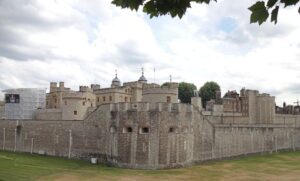
A historic castle used as palace, fortress and prison since the days of William the Conquerer.

A series of palaces and estates in and around Turin that exemplify baroque architecture.
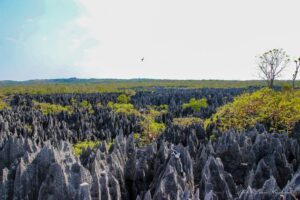
A stunning landscape of granite pinnacles in a nature reserve protecting endemic species.
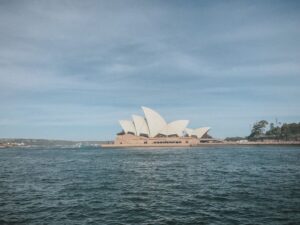
A landmark of 20th-century architecture on Sydney Harbor.

An enormous biologically-diverse coral reef along Australia’s east coast.
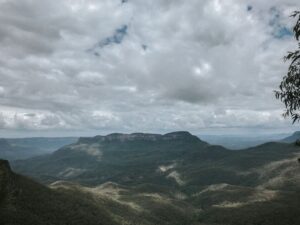
Several nature reserves that are home to a huge diversity of flora, representing species important to the evolution of plant life.
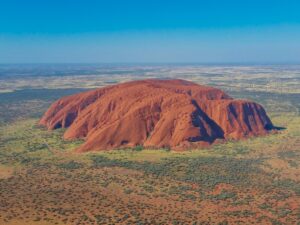
An awe-inspiring rock formation that is sacred to the local indigenous people, and similar red-rock domes not far away.
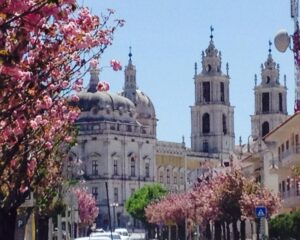
One of the most impressive baroque structures in all of Portugal.

34 stunning stone-cut caves with carved and painted images from three different religions.

Eleven separate locations that illustrate elements of the 19th-century British penal system of “transportation” to Australia.
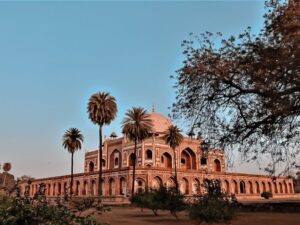
A 16th-century tomb within a complex of tombs, the first garden tomb and the inspiration for the Taj Mahal.
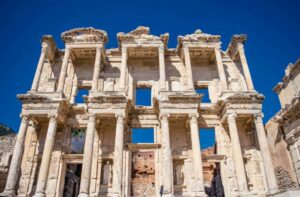
An ancient port city with ruins from the Greek, Roman and early Christian periods.
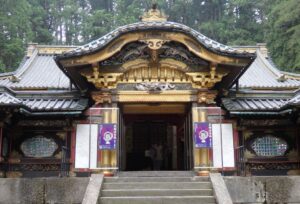
A complex of ornate and colorful religious buildings in a lovely forest setting.

A UNESCO site for its symbolism and the hope it represents.
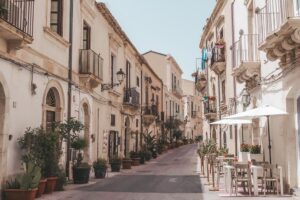
A city with the traces of three thousand years of civilization.

An important example of military fortress architecture on a group of islands off Helsinki.
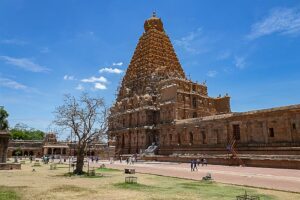
Three outstanding 11th-12th-century temples covered with carvings depicting elements of Hindu mythology.
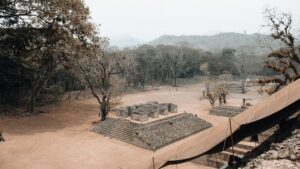
Once the capital of a vast Mayan kingdom, now a large complex containing beautiful ruins of altars and stelae.

Three famous London buildings that represent the “intertwined history of church, monarchy and state.”
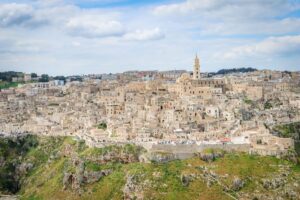
More than 1000 cave dwellings, churches and other rock-cut structures going back centuries.

An important port in the busy shipping routes between Europe, the Americas and Africa from the 15th-19th centuries.
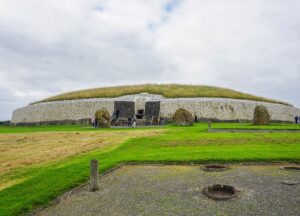
The largest concentration of prehistoric Neolithic tombs in Europe.
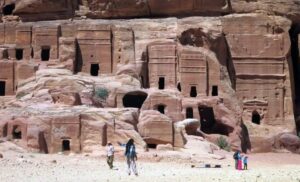
A 2000-year-old Nabatean archeological site with hundreds of tombs and temples carved from sandstone cliffs.
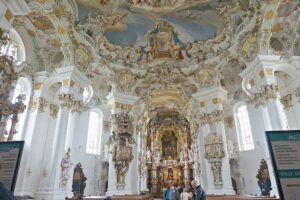
A magnificent rococo church with a legend that draws the faithful to visit.
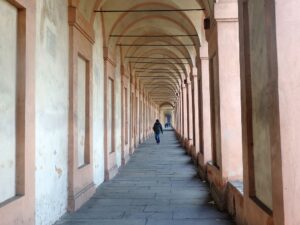
An architectural element that, over centuries, has become an integral part of life in Bologna and around the world.
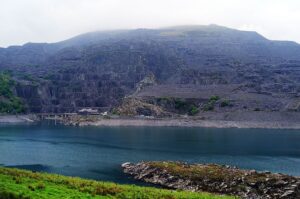
A region visibly shaped by its long-standing slate quarry industry.
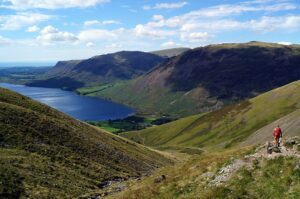
A breathtakingly beautiful landscape of mountains, lakes and agriculture.
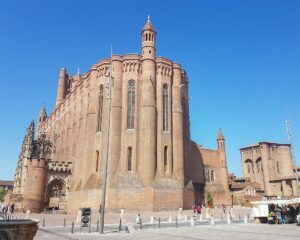
A small city with a rich collection of Medieval and Renaissance architecture.
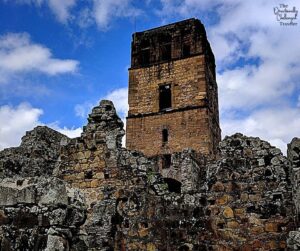
A Spanish colonial city: the first permanent European settlement in the Western Hemisphere.
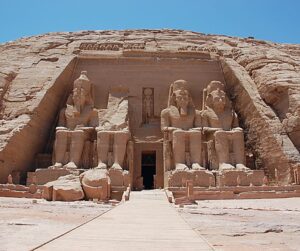
Magnificent temples demonstrating the power of Ancient Egyptian civilization.
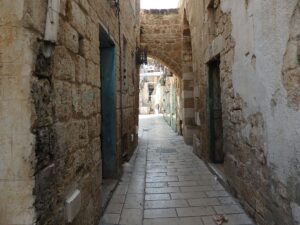
An ancient walled city where Ottoman structures were built on top of a Crusader-era fortress.
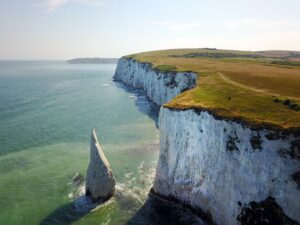
A coastline with 185 million years of interesting rock formations, invaluable for our understanding of geology and related sciences.
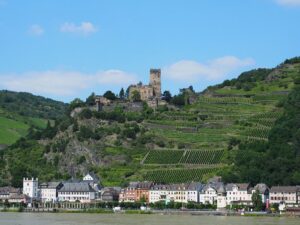
A beautiful portion of the Rhine River with centuries of history evident in its vineyards, castles and villages.
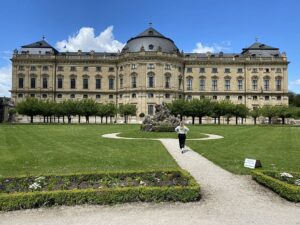
A magnificent 18th-century baroque palace and accompanying garden.

An 18th-century fortified city incorporating both African and European architectural forms.